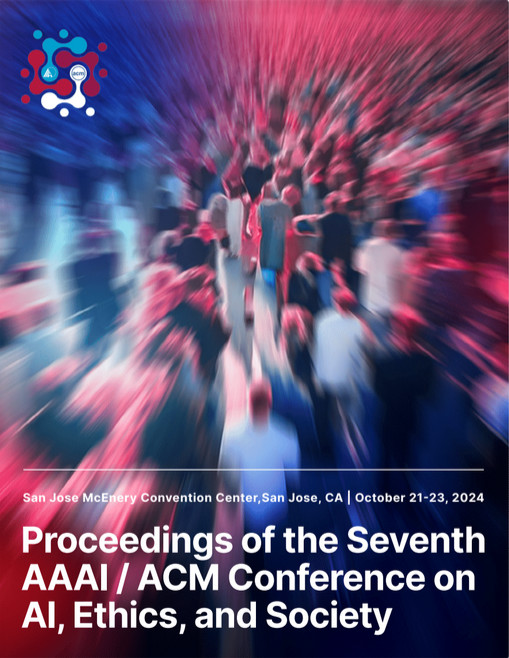Mitigating Urban-Rural Disparities in Contrastive Representation Learning with Satellite Imagery
DOI:
https://doi.org/10.1609/aies.v7i1.31760Abstract
Satellite imagery is being leveraged for many societally critical tasks across climate, economics, and public health. Yet, because of heterogeneity in landscapes (e.g. how a road looks in different places), models can show disparate performance across geographic areas. Given the important potential of disparities in algorithmic systems used in societal contexts, here we consider the risk of urban-rural disparities in identification of land-cover features. This is via semantic segmentation (a common computer vision task in which image regions are labelled according to what is being shown) which uses pre-trained image representations generated via contrastive self-supervised learning. We propose fair dense representation with contrastive learning (FairDCL) as a method for de-biasing the multi-level latent space of a convolution neural network. The method improves feature identification by removing spurious latent representations which are disparately distributed across urban and rural areas, and is achieved in an unsupervised way by contrastive pre-training. The pre-trained image representation mitigates downstream urban-rural prediction disparities and outperforms state-of-the-art baselines on real-world satellite images. Embedding space evaluation and ablation studies further demonstrate FairDCL’s robustness. As generalizability and robustness in geographic imagery is a nascent topic, our work motivates researchers to consider metrics beyond average accuracy in such applications.Downloads
Published
2024-10-16
How to Cite
Zhang, M., & Chunara, R. (2024). Mitigating Urban-Rural Disparities in Contrastive Representation Learning with Satellite Imagery. Proceedings of the AAAI/ACM Conference on AI, Ethics, and Society, 7(1), 1723-1734. https://doi.org/10.1609/aies.v7i1.31760
Issue
Section
Full Archival Papers

